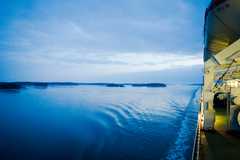Baltic booze cruise / Global
Expo 22: Ship wrecked
Viking line’s M/S Gabriella and M/S Mariella ply the route between Helsinki and stockholm daily. Except for some backpackers getting cheaply from a to b, the 48-hour round trip is used for one chief purpose: the intensive sale and consumption of tax-free alcohol. Monocle booked a berth on the baltic booze cruise and witnessed up close the teenagers, swingers and hard-drinking sailors stocking up and knocking back.
Get on, get hammered, get off. Not the official company line of course, but a revision of the responsible “Eat, Drink and Be Merry” slogan advertising the M/S Gabriella, one of two vessels the Viking Line operates between Stockholm and Helsinki. Gabriella’s diplomatic captain, Henrik Grönvik, is quick to sing his Finnish employer’s praises, “We are the popular choice. Viking Line is recognised as the people’s cruise.”
It’s something the numbers confirm. Passenger volume on Viking Line’s Stockholm, Helsinki, Kapellskär, Mariehamn, Turku and Tallinn routes rose an incredible 476,000 to 6.17 million between 2007 and 2008 – more than the entire population of Finland. Viking and its bigger competitor Silja, operated by Estonian ferry company Tallink, have been waging war on the high seas for control of the multi-million euro duty free business. Silja recorded smaller volume growth increasing 2.9 per cent to 7.1 million but made net sales (tickets, goods and services) of €787m compared to Viking’s €475m.
On 1 June 1959 the Viking Line launched S/S Viking, the first car ferry to operate between Finland, the Åland islands (an autonomous region, see monocle 06) and Sweden. It wasn’t until the 1970s and 1980s in a bid to replicate the louche liners of its US counterparts that Viking began building mass transit gin palaces that still cater to the less flashy pedigree of voyager. Scandis, like the Brits and Germans, have never needed an excuse to drink, but the high prices at home mean that a tax-free setting at sea is a godsend.
State-owned monopolies such as Systembolaget in Sweden control distribution. What were intended as initiatives to curb alcohol abuse and raise social responsibility have had an adverse effect on society, in part encouraging binge drinking. Finland and Estonia are two of the worst sufferers, according to the World Health Organisation, with citizens consuming over nine litres of pure alcohol each year, a statistic most likely buoyed by the thirsty denizens on M/S Gabriella.
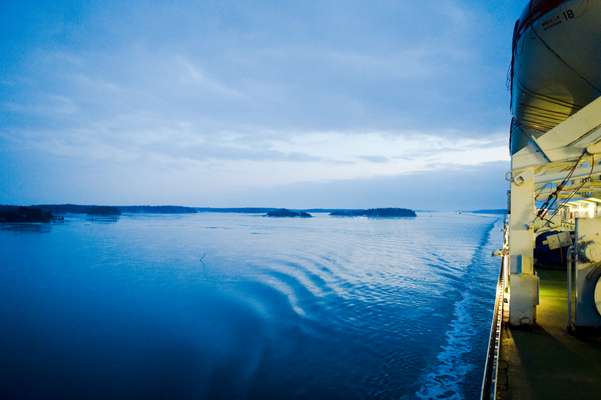
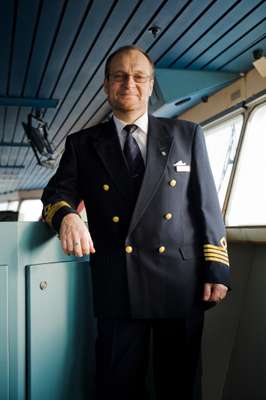
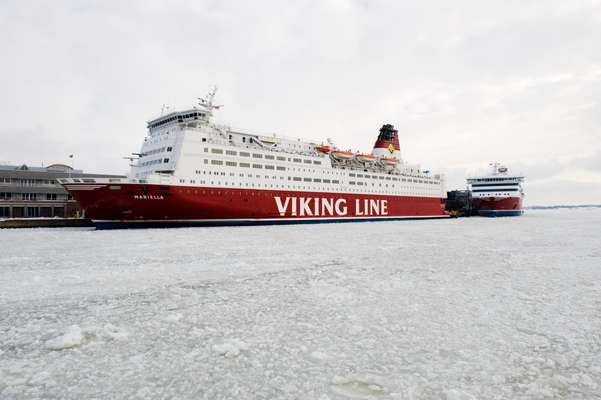
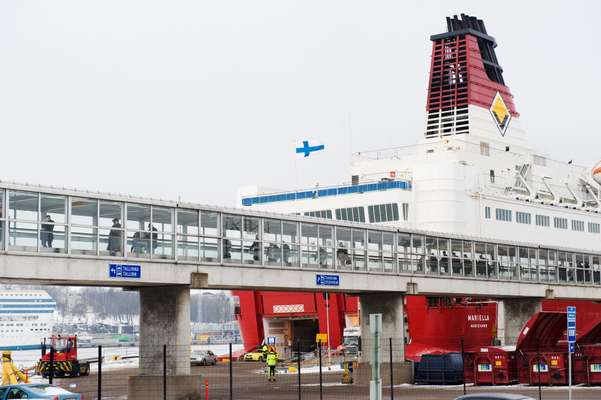
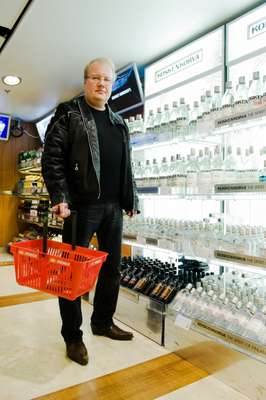
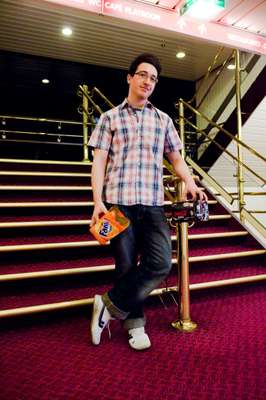
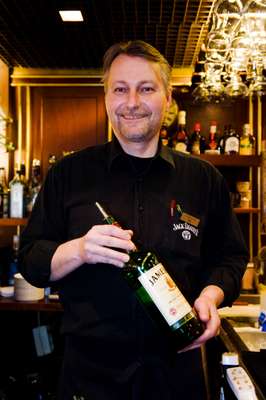
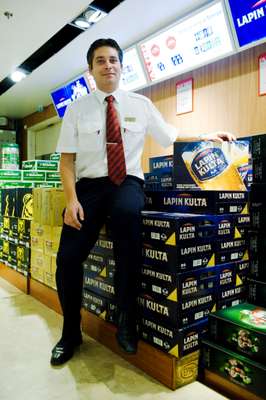
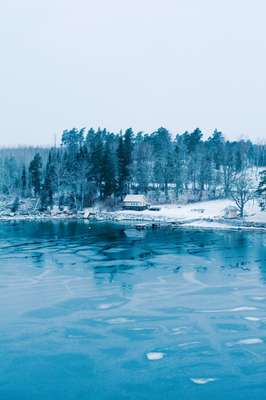
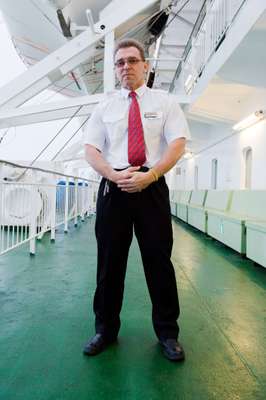
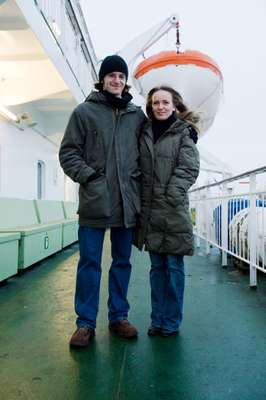
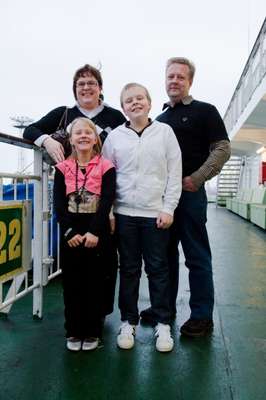
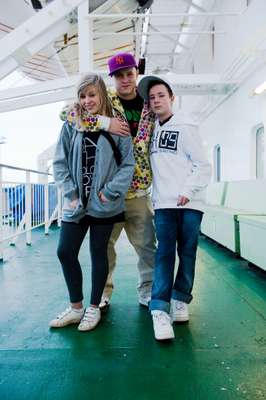
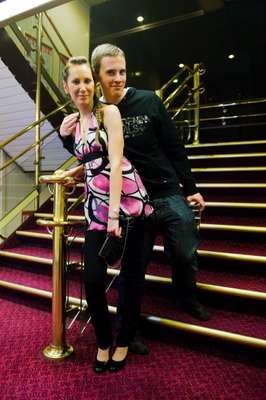

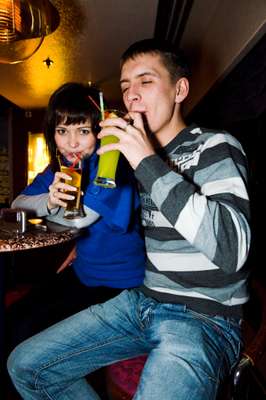
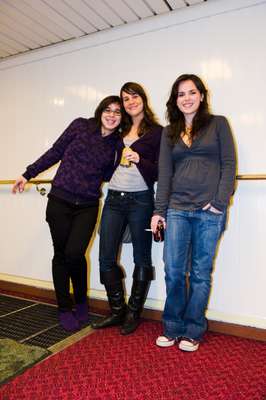
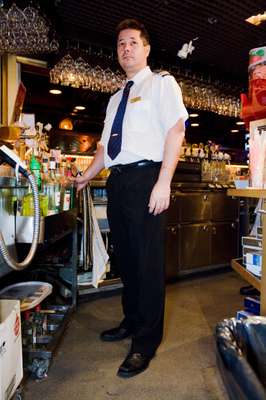
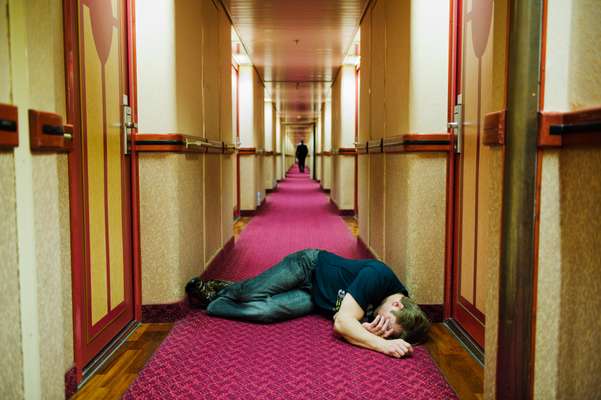

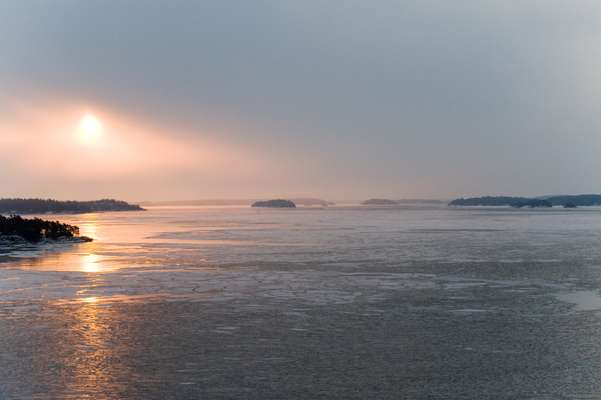
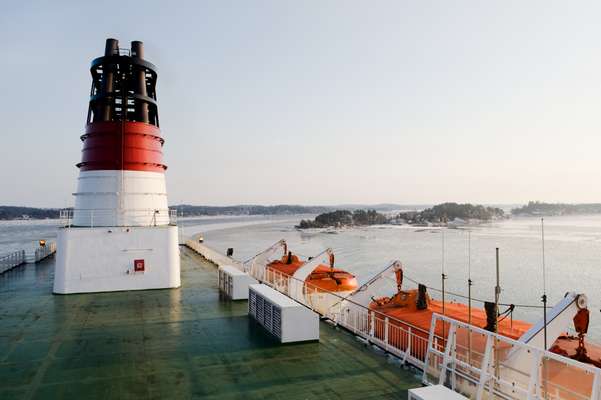
An unsettling physical intensity courses from dock to ship as travellers board the cruise at Stockholm’s Stadsgården terminal in the city centre. Having spent 1,300 kronor (€115) on a cabin they embark by running straight for their digs. A standard berth is a boxy three by two metres, with four pull-down beds, a modest bathroom and – if you’re lucky – a porthole. Once ensconced, the rabble begins its ferret tour of the boat, acquainting itself with the facilities and settling in for the imminent fester.
Even at 12 floors and a maximum capacity of 2,420, the Gabriella is a minnow compared to the largest cruise ships. Royal Caribbean’s Oasis of the Seas will accommodate 5,400 people over 16 decks. Gabriella was unleashed from Croatia in 1992 and there is something of the early-1990s Balkan about her. Trimmed entirely in red nylon we have a suspicion she’s not actually powered by gas but by static electricity. Inside the air is stifling and the only time any aeration occurs is when someone leaves the vacuum to totter along the deck.
Of the 1,500 passengers on board there is approximately a 70/20 Finnish/Swedish split with a multinational 10 per cent bringing up the stern. Young families, old families, middle-aged couples, inexperienced singletons, teenage parties, home-sick Japanese sightseers, goths, skinheads, ravers, swappers, sailors and everything in between (bar business travellers), wait for the gangplank to withdraw and a collective “ahh” to sound departure as everyone takes their first sip of alcohol at exactly 16.45.
Drinking commences in every grenadined corner of the Gabriella and it is a very particular style of boozing. It can only be described as “sober drinking” – that serious business of getting perfectly shit-faced that seems to be an approach peculiar to the people of the Russo-Baltic countries east of Sweden. Many Finnish men and women seem to pride themselves on being able to drink ruinously. Drams accompany everything from waking up until passing out. A glory shot of vodka with breakfast followed by lunchtime liveners and schnapps between each course at dinner are commonplace, even on land.
At any of the ship’s five saloons the strong herb liqueur Jägermeister is offered with every drink – pints of lager, gin and tonics, even the captain’s cocktail “Blueberry Soup” arrive with this stout German escort. Bar absentees are found trawling the precious reserves in the tightly manned duty free shop. For a fraction of Systembolaget’s prices shoppers can bag a few bottles of Finnish brand Koskenkorva (“Almost the second best vodka in the world”), a couple of crates of Lapin Kulta lager, some snus and fags, without breaking into a second €50 note. Passengers board Gabriella to buy alcohol – the merriment is essentially just a distraction while the shop is closed. The Swedish government takes 140 kronor (€12) in tax on a bottle of vodka – only Iceland and Norway demand more – this is comparatively high when you consider the UK takes half that amount. Systembolaget accounts for 54 per cent of alcohol distribution because Swedes are creative in acquiring their alcohol: 19 per cent is brought in from foreign excursions including those on ships such as the Gabriella, 10 per cent comes from restaurants, 8 per cent is smuggled, unrestricted low alcohol lager accounts for 7 per cent and the remaining 2 per cent is homemade, probably the only tipple missing aboard.
By the time the buffet gets going at 19.00 everyone is staggering around – even the children, who are just being children, look drunk. Many take scant notice of the smörgåsbord, opting instead to bleed the free DIY bar that consists of three pumps dispensing red and white wine and lager. It is an odd sensation to sit and observe and wonder whether these people are truly enjoying themselves. There is an undercurrent pulling certain individuals further towards oblivion as the night wears on.
“What goes on on the cruise, stays on the cruise,” says Andreas Grönblom, Gabriella’s entertainment host. “Everyone is misbehaving. A few crew members are having affairs with passengers, passengers are having affairs among themselves. People come aboard to have a good time.”
At 21.00 the real swinging begins on and off the dance floor. By this time those in oblivion’s tow are adding green to the carpet or being banged up in one of Gabriella’s two cells on the ninth deck. Manned by three beefy Finns the strongbox is in use every night. “Oh yes, we can get up to six or seven in each cell,” says Jan Saikkonen, one of the security guards.
The entertainment programme peters out at 04.00 but at this point things have really hit a lull. Possibly the eeriest sound on the boat is the gentle tinkle of the unsold bottles in the duty free shop clinking together in the empty aisles as the ship lazily rolls off into the morning. All this enforced revelry and heavy drinking is frankly nauseating. Northern European countries, including the UK, are in danger of losing future generations to mass alcoholism if the allure of getting wasted isn’t somehow devalued. One wonders if this could be solved in part by raising the quality of life of the majority.
Nursing a sore head, not from overindulgence but lack of oxygen, we reflect on the cruise the morning after. The night before, the dance floor had been awhirl with pork legs and snake hips. One middle-aged man had spent the evening in rapturous whirl. When asked if he was enjoying himself he replied, “Of course I am. I come on this cruise twice a year, once in the winter and once in the summer. It’s the only time I get to dance.” So, some people might get on to seek oblivion before they get off, but one or two at least are truly enjoying themselves and everyone goes home laden with duty free fare.

